Pay Per Click Strategies: 10 Advanced Tactics to Outsmart Bloated Agencies in 2025
- Chase McGowan

- 1 day ago
- 19 min read
Tired of paying hefty agency fees for lackluster results? Many business owners find themselves locked into contracts with overpriced, bloated agencies that simply lack the specialized focus needed for genuine PPC success. The common agency model often involves assigning your crucial ad account to a junior-level manager juggling dozens of clients. This diluted attention leads to generic campaigns, wasted ad spend, and significant missed opportunities for growth.
The truth is, impactful pay per click strategies demand a deep, nuanced understanding that only a dedicated, senior-level expert can provide. A one-size-fits-all approach just doesn't work. The difference between stagnant performance and explosive ROI often lies in the hands of a specialist who lives and breathes Google Ads, not a generalist spread thin across multiple marketing channels. This is the core advantage of partnering with an individual consultant versus a large, impersonal firm. You get a dedicated strategist laser-focused on your account's unique challenges and ambitious goals.
This article moves beyond the surface-level advice you’ve read before. We will unveil 10 powerful, expert-level strategies that a specialized consultant employs to drive superior returns. These are the exact tactics that frequently get overlooked or are poorly implemented in a high-volume agency setting. Prepare to rethink your approach to paid advertising and discover how a personalized, expert-driven plan can fundamentally transform your campaign performance, maximize your budget, and finally deliver the results your business deserves. Let's dive into the strategies that will make your competitors nervous.
1. Keyword Bidding Strategy & Long-Tail Keyword Strategy
At the core of all successful pay per click strategies is a sophisticated approach to keyword selection and bidding. This dual strategy involves bidding on high-value keywords to appear in relevant search results while simultaneously harnessing the power of long-tail keywords. Long-tail keywords, which are longer and more specific phrases of three or more words, capture high-intent traffic with less competition, leading to lower costs-per-click (CPC) and higher conversion rates.
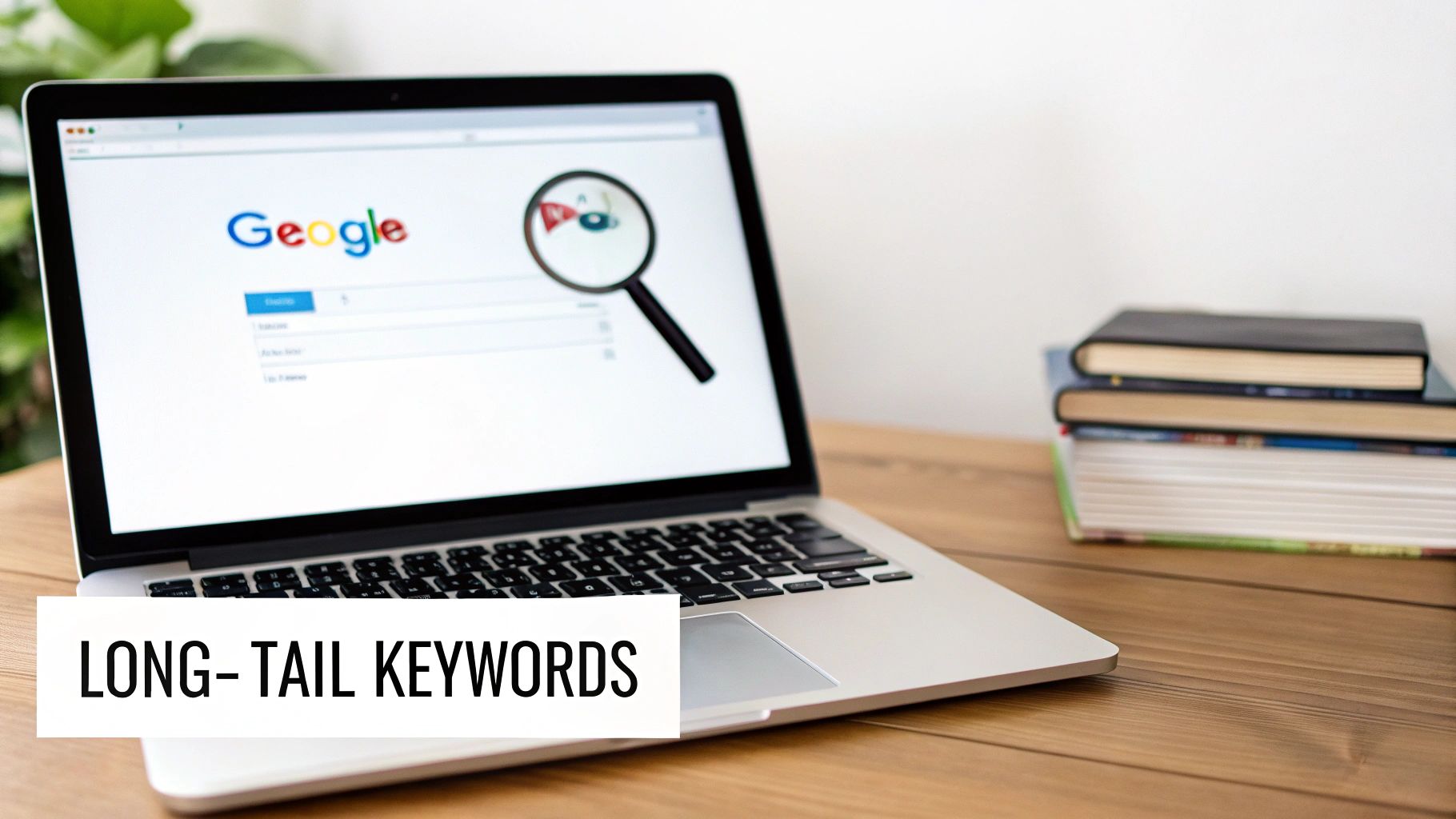
While a broad keyword like "running shoes" is highly competitive and expensive, a long-tail keyword such as "best affordable running shoes for flat feet" attracts a user who is much further along in the buying journey. This specificity allows you to align your ad copy and landing page directly with the searcher's needs, dramatically increasing the likelihood of a conversion.
Why This Strategy Is Essential
Focusing on long-tail keywords is a nimble and cost-effective approach that often gets overlooked by larger, bloated agencies managing massive accounts. These firms frequently target only broad, high-volume terms, leading to wasted ad spend on unqualified clicks. As a specialized consultant, I prioritize a granular, long-tail approach to find hidden pockets of high-converting traffic, ensuring your budget is spent efficiently to attract customers, not just browsers. This is a foundational strategy for any business serious about maximizing PPC ROI.
Actionable Implementation Tips
Prioritize Intent: Start by identifying 50-100 high-intent long-tail keywords using tools like SEMrush or Ahrefs. Focus on phrases that include transactional terms like "buy," "for sale," or "service."
Create Themed Ad Groups: Group tightly related long-tail keywords into specific ad groups. For example, keywords like "plant-based vegan protein powder unflavored" and "unflavored vegan protein powder for smoothies" should be in the same ad group.
Match Landing Pages: Ensure your landing page content directly reflects the promise made in your long-tail keyword ad. A user searching for an "affordable digital marketing agency in Austin" should land on a page specifically about your affordable Austin-based services.
Utilize Negative Keywords: Aggressively add negative keywords to prevent your ads from showing for irrelevant searches. This simple step is crucial for protecting your budget and improving campaign performance.
2. Audience Targeting and Retargeting
Beyond keywords, one of the most powerful pay per click strategies is focusing on who sees your ads. Audience targeting allows you to serve ads to specific demographic segments, interests, or in-market groups, while retargeting specifically targets users who have already visited your website but did not convert. This strategy keeps your brand top-of-mind by showing relevant ads to a warm audience across the web, guiding them back to complete their purchase.
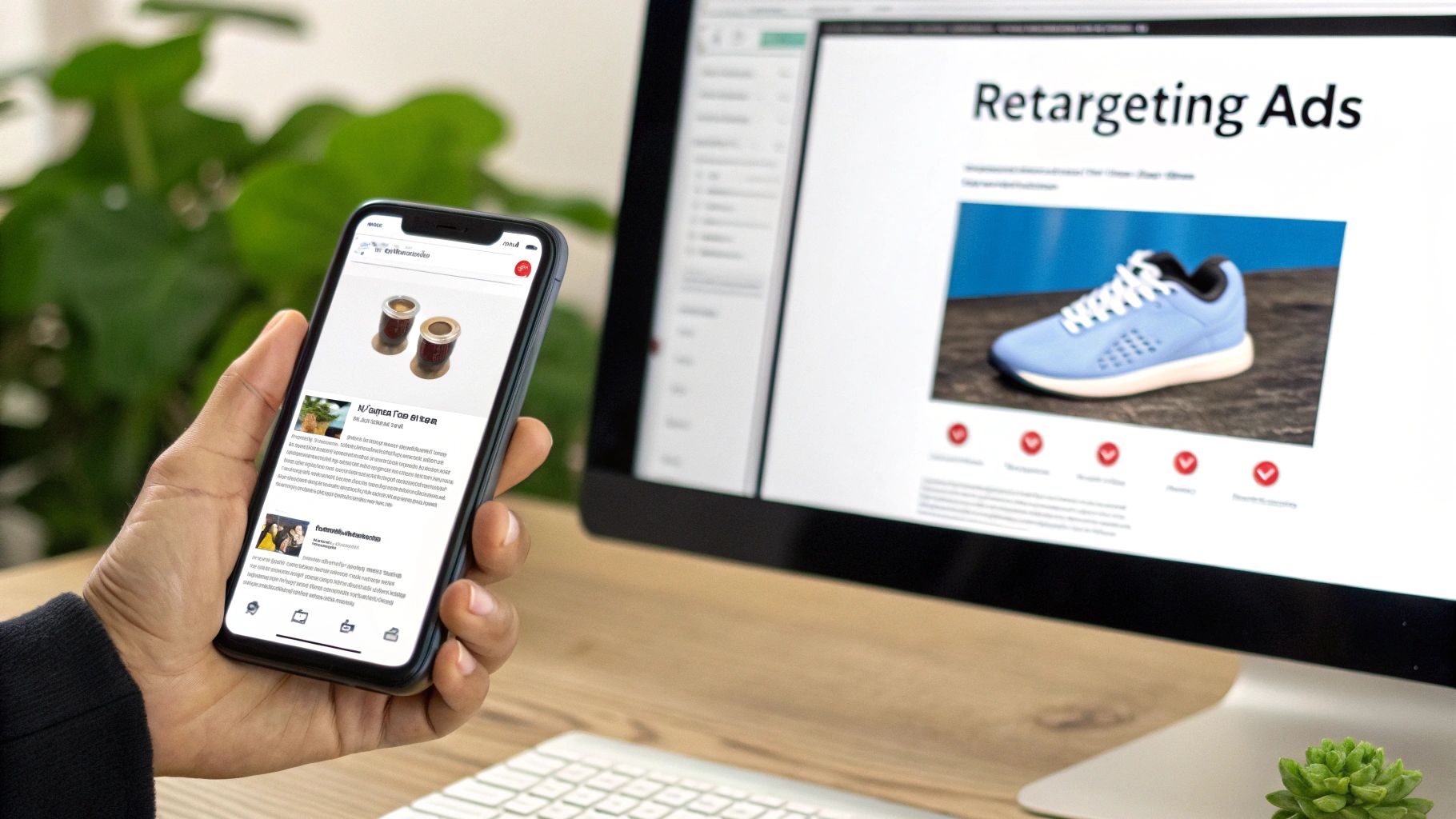
For example, an e-commerce site can retarget users who abandoned their shopping cart with dynamic ads showcasing the exact products they left behind. Similarly, a SaaS company can retarget visitors who viewed a pricing page with a compelling free trial offer. This hyper-personalization turns missed opportunities into high-value conversions by re-engaging users who have already shown clear interest.
Why This Strategy Is Essential
Many large agencies set up broad retargeting campaigns and let them run without refinement, leading to ad fatigue and wasted spend. They fail to segment audiences or customize messaging, treating all past visitors the same. As a dedicated consultant, I build sophisticated, multi-layered retargeting funnels. I create distinct campaigns for cart abandoners, recent product viewers, and past customers, each with tailored creative and offers. This granular approach ensures you're not just reminding visitors of your brand, but actively nurturing them toward a conversion with the right message at the right time.
Actionable Implementation Tips
Segment Your Audiences: Create different audience lists based on user behavior. Key segments include all visitors, product page viewers, cart abandoners, and past purchasers.
Tailor Messaging by Time: Customize your ad copy and offers based on how long it has been since a user's last visit. A visitor from 3 days ago should see a different message than one from 30 days ago.
Implement Frequency Caps: Prevent ad fatigue by setting a frequency cap, limiting how many times a user sees your ad per day. A cap of 3-7 impressions is a common best practice.
Use Dynamic Creative: For e-commerce, use dynamic retargeting to automatically show users ads featuring the specific products they viewed or added to their cart. This significantly boosts relevance and click-through rates.
3. Smart Bidding and AI-Powered Automation
Leveraging Smart Bidding and AI-Powered Automation is a sophisticated pay per click strategy that moves beyond manual adjustments. This approach uses machine learning algorithms from platforms like Google and Microsoft to optimize bids automatically and in real-time for specific conversion goals. Strategies such as Target CPA (Cost-Per-Acquisition), Target ROAS (Return On Ad Spend), and Maximize Conversions analyze vast amounts of data signals during each auction to predict performance and set the optimal bid.
This means the algorithm can bid higher for a user it identifies as highly likely to convert and lower for someone just browsing, all without manual intervention. For example, a performance-focused e-commerce retailer can use Target ROAS to ensure their ad spend directly translates into a profitable return, while a lead generation campaign can use Maximize Conversions to get the highest number of form fills within its budget.
Why This Strategy Is Essential
AI-powered bidding is a game-changer, but its success hinges on proper setup and strategic oversight, an area where large, impersonal agencies often fail. They might activate a Smart Bidding strategy without ensuring the foundational data is clean, leading the algorithm to optimize for flawed metrics. As an expert consultant, I ensure your conversion tracking is flawless before handing the reins to AI. This meticulous preparation prevents the machine from learning the wrong lessons, ensuring it works to achieve your actual business goals, not just vanity metrics.
Actionable Implementation Tips
Ensure Accurate Conversion Tracking: Before enabling any Smart Bidding strategy, verify that your conversion tracking is 100% accurate. The AI is only as good as the data it receives.
Set Realistic Targets: Base your initial Target CPA or Target ROAS goals on your account's historical performance data from the last 30 days. Unrealistic targets can stifle the algorithm's learning process.
Allow for a Learning Period: Give the algorithm a "learning period" of at least 2-3 weeks before making any significant judgments or changes. Performance can fluctuate initially as the system gathers data.
Feed the Machine: Smart Bidding performs best with a steady stream of data. Aim for at least 15-30 conversions per month for the specific campaign before enabling strategies like Target CPA or Target ROAS.
4. Geographic and Demographic Targeting
One of the most powerful and budget-friendly pay per click strategies is the precise application of geographic and demographic targeting. This approach focuses your ad spend exclusively on the specific locations and user profiles most likely to convert, such as age, gender, household income, or parental status. It stops you from wasting money on broad audiences and ensures your message reaches a hyper-relevant market.
For example, a local restaurant can target users within a 10-mile radius, a real estate agent can focus on specific high-value zip codes, or a luxury brand can target only high-income demographics. By layering these filters, you refine your audience to a core group of ideal potential customers, dramatically improving campaign efficiency and return on investment.
Why This Strategy Is Essential
Large, inefficient agencies often set broad targeting parameters to simplify campaign management across huge client rosters, leading to significant budget waste on irrelevant impressions. As a specialized consultant, I dive deep into your specific business needs to build a custom targeting profile. This meticulous approach prevents your ads for a high-end Miami real estate firm from being shown to low-income users in another state. It's a fundamental strategy for maximizing ROI by ensuring every ad dollar is spent reaching a qualified prospect.
Actionable Implementation Tips
Implement Location Bid Adjustments: Analyze your performance data and increase bids for top-performing geographic areas (cities, states, or zip codes) while decreasing bids for underperforming ones.
Create Localized Campaigns: Develop separate campaigns for different high-priority regions. Use localized ad copy that speaks directly to that audience, such as "Serving the Austin Community for 20 Years."
Utilize Location Extensions: For local businesses, enable location extensions in Google Ads to show your address, phone number, and a map marker directly in your ad, increasing foot traffic and local engagement.
Leverage Demographic Exclusions: Actively exclude demographics that do not align with your ideal customer. If you sell high-end retirement planning services, you might exclude the 18-24 age bracket to protect your budget.
5. Ad Copy Testing and Optimization (A/B Testing)
Even with the perfect keyword strategy, success in PPC hinges on compelling ad copy that persuades users to click. Ad copy A/B testing is a systematic, data-driven method for refining your messaging. This approach involves creating multiple versions of your ads by changing one variable at a time, such as the headline, description, or call-to-action (CTA), and measuring which variation drives the best performance. This is one of the most crucial pay per click strategies for sustained growth.
For example, an e-commerce store could test a headline focused on a discount, like "Save 15% On All Orders," against one highlighting a benefit, such as "Get Your Order with Free Shipping." By running both ads simultaneously, you can definitively see which offer resonates more with your target audience, allowing you to double down on the winning message and eliminate underperforming creative, thereby maximizing your return on ad spend.
Why This Strategy Is Essential
Continuous ad copy optimization is a high-leverage activity that directly impacts both click-through rates (CTR) and conversion rates. However, large, bloated agencies often use a "set it and forget it" approach, launching generic ad copy and rarely revisiting it. As a dedicated consultant, I treat ad copy as a living element of your campaigns. I obsessively test and iterate on messaging to find the precise language that converts, ensuring your ads aren't just seen, they are compelling and effective. This hands-on, granular optimization is what separates a thriving campaign from a stagnant one.
Actionable Implementation Tips
Isolate One Variable: To get clean data, test only one element at a time. Pit one headline against another while keeping the description and CTA identical, or test two different CTAs with the same headline and description.
Run Tests to Significance: Don't make decisions too early. Aim to gather at least 100-200 conversions per ad variation before declaring a winner to ensure your results are statistically significant.
Test Emotional vs. Logical Triggers: Create variations that appeal to different motivations. Test an emotional headline like "Stop Worrying About Your IT Problems" against a logical one like "24/7 Managed IT Services for Businesses."
Focus on High-Impact Campaigns First: Start your A/B testing efforts on your highest-volume or most important ad groups. This allows you to gather data faster and apply learnings where they will make the biggest difference to your bottom line.
6. Quality Score Optimization
One of the most powerful yet underutilized pay per click strategies is the relentless optimization of your Quality Score. This Google Ads metric, rated from 1 to 10, measures the quality and relevance of your keywords, ad copy, and landing pages. A high Quality Score is a direct signal to Google that your ad provides a valuable user experience, and in return, Google rewards you with lower costs-per-click (CPCs) and better ad positions.
A high Quality Score means achieving better results for less money. It's the ultimate measure of your campaign's efficiency, directly impacting your advertising ROI. Improving this score involves a holistic approach, from ensuring your ad copy precisely matches the user's search intent to delivering a fast, relevant, and mobile-friendly landing page experience. For example, if a user searches for "emergency dental clinic in Miami," a high-quality ad will not only use those exact keywords but will also lead to a landing page specifically about emergency dental services in Miami, which loads in under two seconds.
Why This Strategy Is Essential
Focusing on Quality Score is a game-changer for budget efficiency. Many large, impersonal agencies chase volume and overlook this crucial metric, leading to inflated CPCs and wasted ad spend that clients are forced to absorb. As a specialized consultant, I treat Quality Score as a primary KPI. By obsessively refining ad relevance and landing page experience, I can significantly reduce your advertising costs while simultaneously improving your ad rank, a feat bloated agencies often fail to achieve due to their one-size-fits-all approach. This is how you win the PPC game without simply outspending your competition.
Actionable Implementation Tips
Create Tightly Themed Ad Groups: Group a small number of closely related keywords into a single ad group. This ensures you can write hyper-relevant ad copy that speaks directly to the search query, boosting your expected click-through rate.
Match Ad Copy to Keywords: Your ad's headline and description should mirror the keywords in the ad group. If the keyword is "custom leather dog collars," your ad headline should reflect that exact phrase.
Optimize Landing Page Relevance: The landing page content must be a direct continuation of the ad's promise. Ensure the headline, copy, and call-to-action on the page align perfectly with the user's original search term.
Prioritize Page Load Speed: Use Google's PageSpeed Insights to test your landing pages and aim for a load time of under two seconds. A faster page reduces bounce rates and is a key component of a positive landing page experience.
7. Product Listing Ads (PLA) and Shopping Campaign Strategy
For e-commerce businesses, one of the most powerful pay per click strategies involves leveraging Product Listing Ads (PLAs) through Google Shopping campaigns. This visual-first approach displays your products directly in search results, complete with images, prices, and seller information. Unlike standard text ads, PLAs capture user attention instantly and provide crucial purchasing information upfront, pre-qualifying clicks and driving high-intent traffic directly to your product pages.

When a user searches for a specific item like "waterproof trail running shoes," they are met with a carousel of shoppable product images. This allows them to compare options before ever clicking, meaning the traffic that does come to your site is from users who have already seen your product and price and are actively considering a purchase. This visual format significantly boosts click-through rates and conversion potential compared to text-only ads.
Why This Strategy Is Essential
A meticulously managed Shopping campaign is a non-negotiable for any serious e-commerce brand. However, large agencies often mismanage these campaigns by using a "set it and forget it" approach, leading to wasted ad spend on underperforming products and irrelevant search terms. As a dedicated consultant, I provide hands-on, granular management of your product feed and campaign structure. I focus on optimizing every detail, from product titles to bidding strategies for top-performing items, ensuring your budget is allocated with precision to maximize sales and ROI.
Actionable Implementation Tips
Optimize Your Product Feed: Your product feed is the foundation. Ensure it's updated daily with accurate pricing and inventory. For an in-depth guide, you can learn more about how to optimize your Google Shopping product feed on cometogether.media.
Enhance Product Titles and Images: Use high-quality, professional images (at least 1200x1200 pixels). Craft detailed product titles that include keywords like brand, color, size, and model to match specific user searches.
Segment Product Groups: Don't lump all products into one ad group. Segment them by category, brand, or even profit margin to apply more aggressive bids on your best-sellers and most profitable items.
Implement a Negative Keyword Strategy: Just like with search campaigns, actively monitor search query reports and add negative keywords. This prevents your products from appearing for irrelevant queries like "reviews" or "free," protecting your budget for transactional traffic.
8. Negative Keywords and Exclusion Strategy
One of the most powerful and often underutilized pay per click strategies is a proactive negative keyword and exclusion plan. This preventative approach involves identifying and blocking search terms and audience segments that are irrelevant to your products or services. By preventing your ads from showing to unqualified searchers, you immediately cut wasted ad spend, protect your budget, and significantly improve overall campaign efficiency and ROI.
For instance, a company selling premium project management software would add terms like "free," "template," and "jobs" to its negative keyword list. This ensures their budget is spent on users looking to purchase a solution, not on job seekers or individuals searching for free resources. This simple act of exclusion refines audience targeting and directs funds toward clicks that are far more likely to convert.
Why This Strategy Is Essential
A robust negative keyword strategy is a clear differentiator between a specialist and a large, sluggish agency. Many big agencies set up campaigns and neglect the ongoing, detailed work of search query analysis, allowing your budget to bleed out on irrelevant clicks. As a dedicated consultant, I treat your budget as my own, meticulously combing through search query reports to build comprehensive negative lists. This hands-on approach is fundamental to sharpening campaign focus and maximizing every dollar you invest.
Actionable Implementation Tips
Create a Master List: Develop a master, account-level negative keyword list that includes universal exclusions like "free," "jobs," "reviews," and "student." This list will automatically apply to all current and future campaigns.
Mine Search Query Reports: At least monthly, review your search query reports to find irrelevant terms that triggered your ads. Add these directly as negative keywords to the appropriate ad group or campaign.
Exclude Competitor Terms (Strategically): If you don't run competitor campaigns, add competitor brand names to your negative list to avoid paying for clicks from users specifically looking for another company.
Think in Variations: When adding a negative, include its common variations. If you exclude "jobs," also consider adding "careers," "hiring," and "employment" to ensure complete coverage. For a deeper dive, learn more about how a specialist fixes the common mistakes agencies make with negative keywords on comettogether.media.
9. Landing Page Optimization and Conversion Rate Optimization (CRO)
A winning PPC campaign doesn't end when a user clicks your ad; it begins. The most effective pay per click strategies recognize that the landing page experience is where conversions happen. This strategy focuses on meticulously optimizing every element of your landing page-from design and copy to forms and load speed-to maximize the percentage of visitors who take a desired action. A well-optimized page turns clicks into customers, dramatically improving your return on ad spend (ROAS).
Think of the difference between sending traffic to a generic homepage versus a dedicated landing page. A user who clicks an ad for "emergency dental services" expects to see information about that specific service, not navigate your entire site. By creating a focused, compelling, and frictionless experience, you lower your cost-per-acquisition and make your entire PPC budget work harder.
Why This Strategy Is Essential
Many large, inefficient agencies focus solely on front-end metrics like click-through rate, completely neglecting the post-click experience. This leads to wasted ad spend on clicks that never convert. As a dedicated consultant, I treat your landing page as an integral part of the campaign, ensuring the message and user journey are seamless from ad to conversion. This hands-on, end-to-end approach is crucial for transforming advertising expenses into profitable revenue, a detail often missed by oversized firms.
Actionable Implementation Tips
Match Your Message: Ensure your landing page headline perfectly mirrors your ad headline. This "message match" reassures visitors they are in the right place, immediately reducing bounce rates.
Focus on a Single Goal: Every landing page should have one primary call-to-action (CTA). Avoid cluttering the page with multiple links or offers that can distract the user from the main conversion goal.
Minimize Form Friction: Reduce form fields to the absolute minimum needed. Asking for only a name, email, and phone number is far more effective than a form with ten fields.
Build Instant Trust: Incorporate trust signals like customer testimonials, security badges (for e-commerce), and clear money-back guarantees. These elements alleviate user anxiety and boost confidence. For comprehensive guidance on creating effective landing pages, refer to these top landing page design best practices.
Learn more about how to build high-converting landing pages that win.
10. Seasonal Campaign and Bid Adjustment Strategy
One of the most powerful pay per click strategies involves capitalizing on consumer behavior shifts that occur throughout the year. This approach recognizes that demand for products and services is rarely static; it ebbs and flows with seasons, holidays, and specific events. A seasonal campaign strategy involves proactively adjusting bids, ad copy, and budgets to align with these high-intent periods, ensuring maximum visibility when customers are most likely to convert.
For example, a retailer would dramatically increase bids for "holiday gift ideas" in November and December, while an accounting firm would ramp up its campaign for "tax preparation services" from January to April. This isn't just about spending more; it's about strategically allocating your budget to capture peak demand, ensuring you are front and center during your most crucial revenue-generating periods.
Why This Strategy Is Essential
Many large, cumbersome agencies apply a "set it and forget it" methodology, failing to adapt to critical market fluctuations. This laziness leads to massive missed opportunities during peak seasons and wasted ad spend during lulls. As a dedicated consultant, I treat your business rhythm as my own. I dive deep into your historical data to anticipate these cycles, creating agile campaigns that scale up aggressively for events like Black Friday or Back-to-School and strategically pull back during off-peak times. This hands-on, proactive management protects your ROI and ensures you never miss a chance to dominate your most profitable seasons.
Actionable Implementation Tips
Analyze Historical Data: Use Google Analytics and your ads platform data to identify last year's peak conversion weeks and days. Look for clear patterns in demand to inform your calendar.
Create Separate Seasonal Campaigns: Build dedicated campaigns for major events (e.g., "Black Friday 2024"). This allows for isolated budgeting, targeted ad copy, and specific performance tracking without disrupting your evergreen campaigns.
Implement Proactive Bid Adjustments: Plan to increase bids by 20-50% (or more, depending on competition) during your peak conversion periods. Conversely, reduce bids by 20-30% during predictable slow times to preserve your budget.
Plan and Coordinate in Advance: Start planning your seasonal creative, landing pages, and offers at least 1-2 months ahead. Coordinate with your inventory and fulfillment teams to ensure you can handle the anticipated increase in demand.
10-Point PPC Strategy Comparison
Strategy | 🔄 Implementation Complexity | ⚡ Resource Requirements & Speed | 📊 Expected Outcomes | 💡 Ideal Use Cases | ⭐ Key Advantages |
|---|---|---|---|---|---|
Keyword Bidding Strategy & Long-Tail Keyword Strategy | 🔄 Medium — ongoing keyword research and bid management | ⚡ Moderate — keyword tools, analyst time, ad budget | 📊 High-intent traffic with lower CPC and better conversion rates (lower volume per keyword) | 💡 Niche products, performance search, direct-response campaigns | ⭐ Highly targeted intent; measurable ROI; lower CPC; easier Quality Score gains |
Audience Targeting and Retargeting | 🔄 Medium — pixel/list setup and audience segmentation | ⚡ Moderate — tracking pixels, audience lists, creative variants | 📊 Higher conversion rates and improved ROAS; stronger brand recall | 💡 Ecommerce cart abandoners, SaaS trial nurtures, re-engagement funnels | ⭐ Better conversion efficiency; personalized messaging; cross-device reach |
Smart Bidding and AI-Powered Automation | 🔄 Low–Medium — simple to enable but needs data & monitoring | ⚡ High data requirement; less manual time once trained | 📊 Improved bid efficiency and scale, outcome depends on data quality | 💡 High-volume conversion campaigns, large accounts, efficiency goals | ⭐ Saves time; real-time optimization; maximizes budget efficiency |
Geographic and Demographic Targeting | 🔄 Low — platform controls with basic segmentation | ⚡ Low — minimal technical resources required | 📊 Increased local relevance and higher conversion rates; limited scale | 💡 Local businesses, regional promotions, income-targeted offers | ⭐ Reduces wasted spend; improves relevance; enables location-specific offers |
Ad Copy Testing and Optimization (A/B Testing) | 🔄 Medium — requires test design and statistical rigor | ⚡ Moderate — creative production and analytics; time to reach significance | 📊 Incremental CTR and conversion improvements; continuous gains over time | 💡 High-traffic keywords, landing pages, campaigns focused on messaging | ⭐ Data-driven messaging; continuous improvement; higher CTR and conversions |
Quality Score Optimization | 🔄 Medium — aligns ads, keywords, and landing pages | ⚡ Moderate — copy, landing-page work, technical fixes | 📊 Lower CPCs, better ad positions, improved overall ROI | 💡 Competitive auctions, high-CPC keywords, long-term efficiency focus | ⭐ Significant CPC reduction; improved auction performance and CTR |
Product Listing Ads (PLA) and Shopping Campaign Strategy | 🔄 High — feed creation, sync, and granular structuring | ⚡ High — feed management, image assets, inventory integration | 📊 Very high-intent, visual traffic with strong conversion rates | 💡 Ecommerce retailers, marketplace sellers, multi-SKU catalogs | ⭐ Higher conversion rates; visual product detail; price/review visibility |
Negative Keywords and Exclusion Strategy | 🔄 Low–Medium — ongoing search-query monitoring and maintenance | ⚡ Low — analyst time and query-report tools | 📊 Reduced wasted spend and improved cost per conversion | 💡 Broad campaigns, premium services, account hygiene and efficiency | ⭐ Quick ROI on efficiency; prevents irrelevant clicks; easy to maintain |
Landing Page Optimization and Conversion Rate Optimization (CRO) | 🔄 High — design, development and iterative testing cycles | ⚡ High — designers, developers, analytics and A/B tools | 📊 Large conversion lifts and lower customer acquisition costs | 💡 Lead-gen funnels, paid traffic landing pages, product launches | ⭐ Substantial conversion improvement; improves Quality Score; long-term value |
Seasonal Campaign and Bid Adjustment Strategy | 🔄 Medium — planning, dayparting and frequent bid changes | ⚡ Moderate — historical analysis, campaign ops, creative timing | 📊 Optimized ROI during peaks; reduced waste off-season | 💡 Retail holidays, travel peaks, seasonal services and promotions | ⭐ Maximizes revenue in peak periods; better budget allocation across seasons |
Trade Your Bloated Agency for a Lean, Expert-Led Strategy
Navigating the landscape of modern digital advertising requires more than just a surface-level understanding of bidding. As we've detailed, a truly effective campaign is a symphony of interconnected pay per click strategies, each fine-tuned to work in concert. From the granular precision of a long-tail keyword strategy to the broad-stroke efficiency of AI-powered Smart Bidding, success is found in the masterful execution of these moving parts.
The ten strategies explored in this guide-from Quality Score optimization and negative keyword curation to advanced retargeting and seasonal bid adjustments-are not a checklist to be completed once. They represent an ongoing, dynamic process of testing, learning, and refining. This is where the fundamental difference between a generic agency and a dedicated expert becomes crystal clear.
The Expert Advantage Over Agency Overhead
Large, bloated agencies often treat PPC management like an assembly line. Your account is passed between junior account managers, siloed departments, and standardized playbooks that fail to capture the unique nuances of your business. You end up paying for their high overhead, their corner offices, and their layers of management, not for senior-level expertise applied directly to your campaigns.
An expert-led, lean approach flips this model on its head. Instead of a one-size-fits-all solution, you get a bespoke strategy tailored to your specific goals. A dedicated specialist lives in the data, obsessively A/B testing ad copy, optimizing landing page conversion paths, and ensuring every dollar of your budget is deployed with maximum impact. You aren't just another account number; you're a partner in a mission to drive measurable growth.
This hands-on, specialist model offers several distinct advantages:
Direct Communication: You speak directly with the strategist implementing the work, eliminating the miscommunication and delays common in layered agency structures.
Deeper Accountability: When one expert is responsible for your results, there's nowhere to hide. Their success is directly tied to your success.
Greater Agility: A lean consultant can pivot strategy in hours, not days. This allows you to capitalize on market trends and respond to competitive pressures in real-time.
Cost Efficiency: Your investment goes directly toward strategic work and campaign management, not funding a large agency's operational costs.
Your Path to a Smarter PPC Strategy
Mastering these sophisticated pay per click strategies is the key to unlocking sustainable, profitable growth. It’s the difference between merely participating in the auction and dominating it. The path forward involves moving beyond the basic setup and embracing a culture of continuous improvement, driven by data and guided by genuine expertise.
Your business deserves more than a cookie-cutter approach. It deserves a strategic partner who is as invested in your bottom line as you are. By trading the cumbersome, impersonal agency model for a direct, expert-led partnership, you don't just get a better campaign manager. You get a powerful competitive advantage that translates directly into a higher return on ad spend, more qualified leads, and a stronger market position.
Ready to see what a dedicated, expert-led approach can do for your campaigns? Come Together Media LLC specializes in crafting and executing the precise pay per click strategies discussed here, moving beyond the bloated agency model to deliver focused, high-impact results. Get a free, no-obligation PPC audit today and discover how a one-on-one partnership can unlock your account's true potential. Visit Come Together Media LLC to learn more.




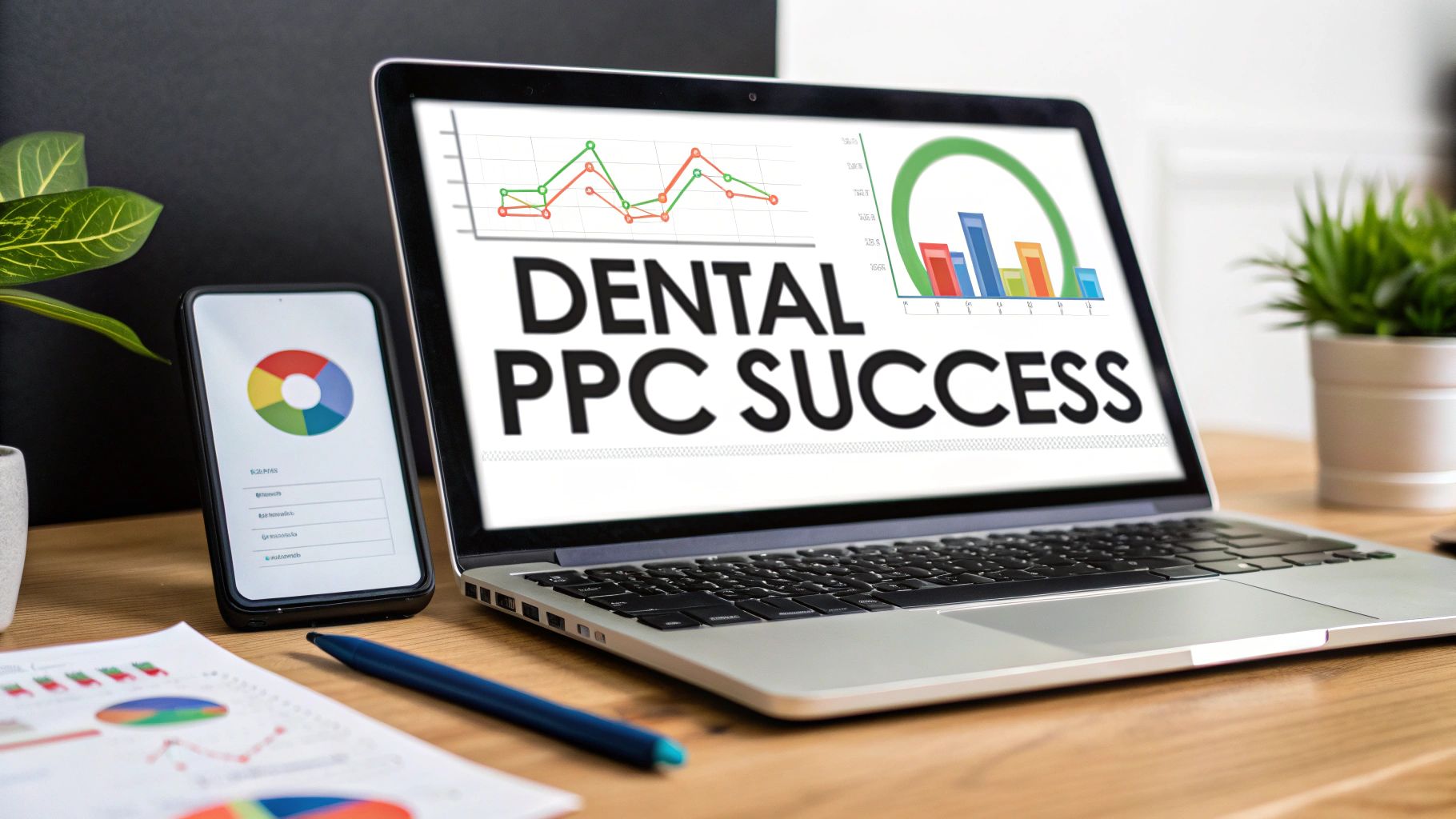
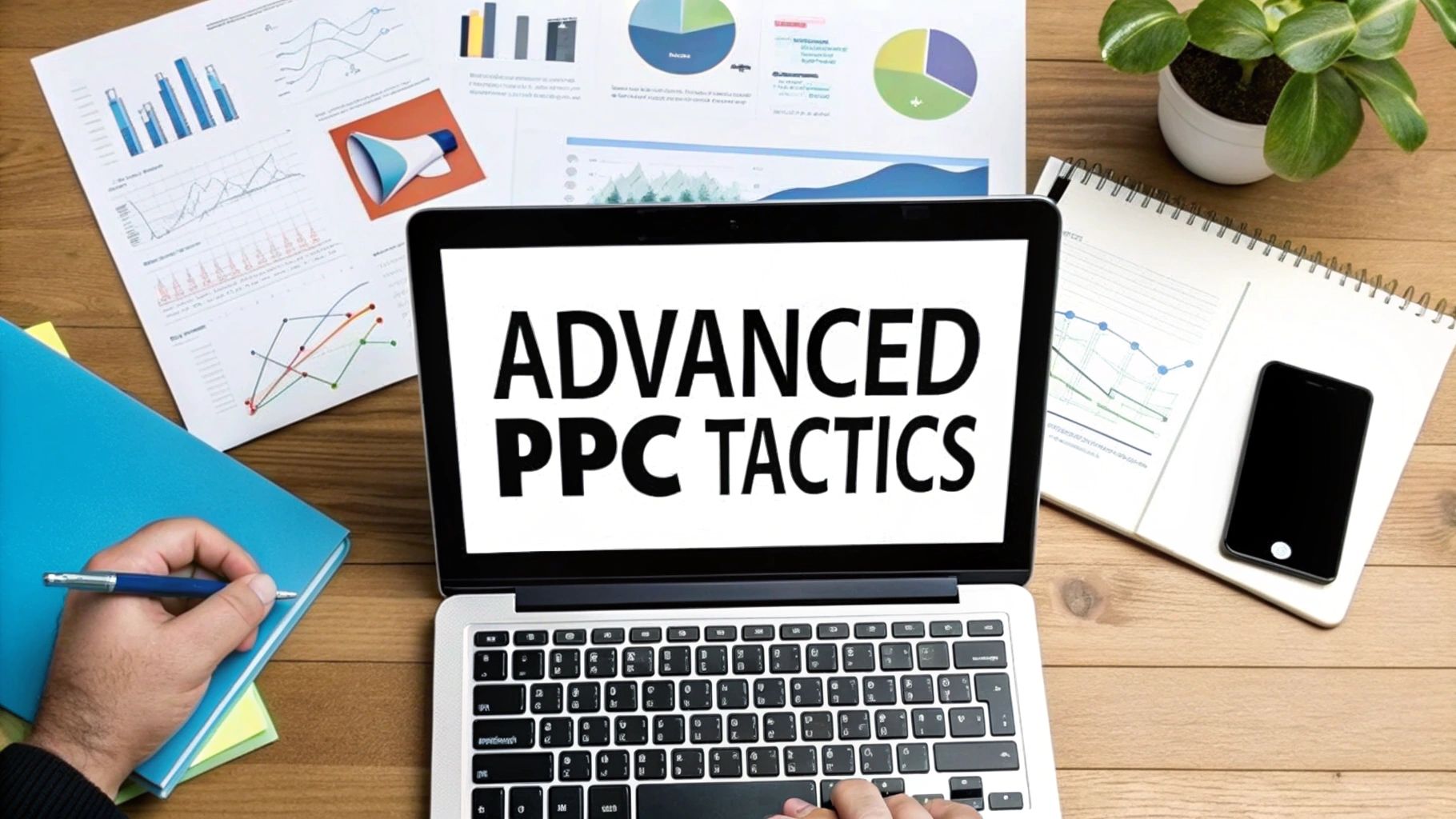
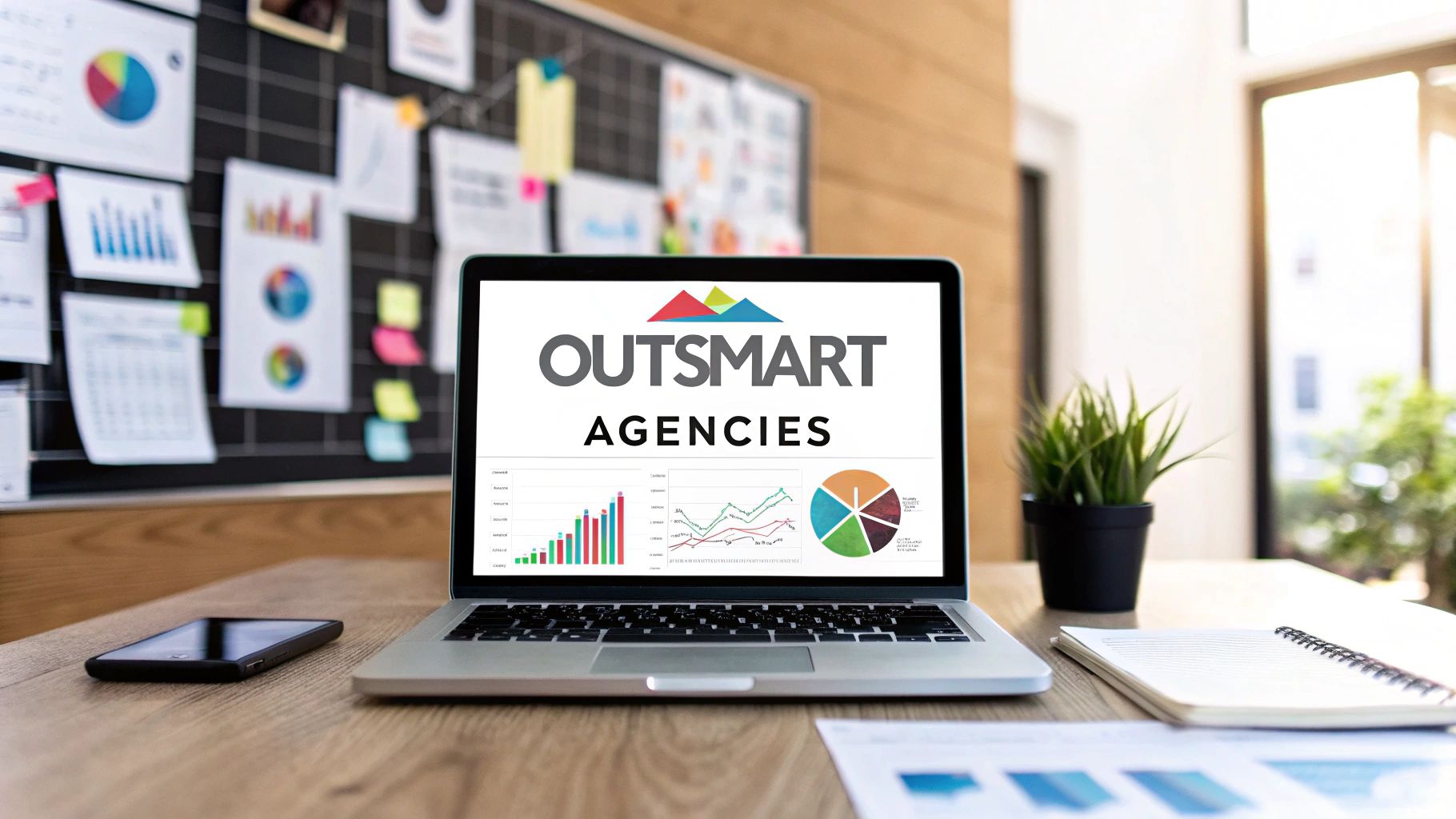
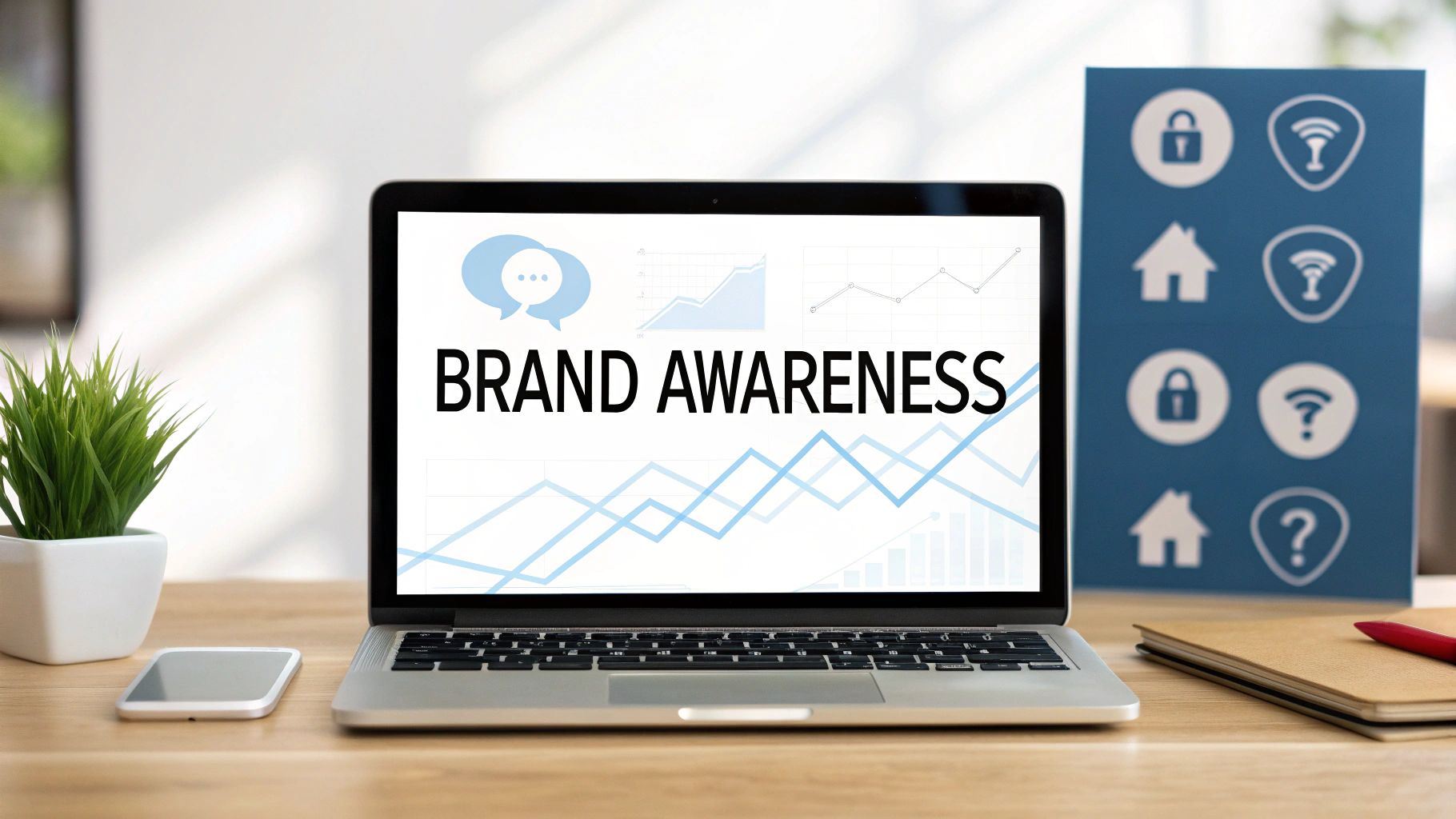
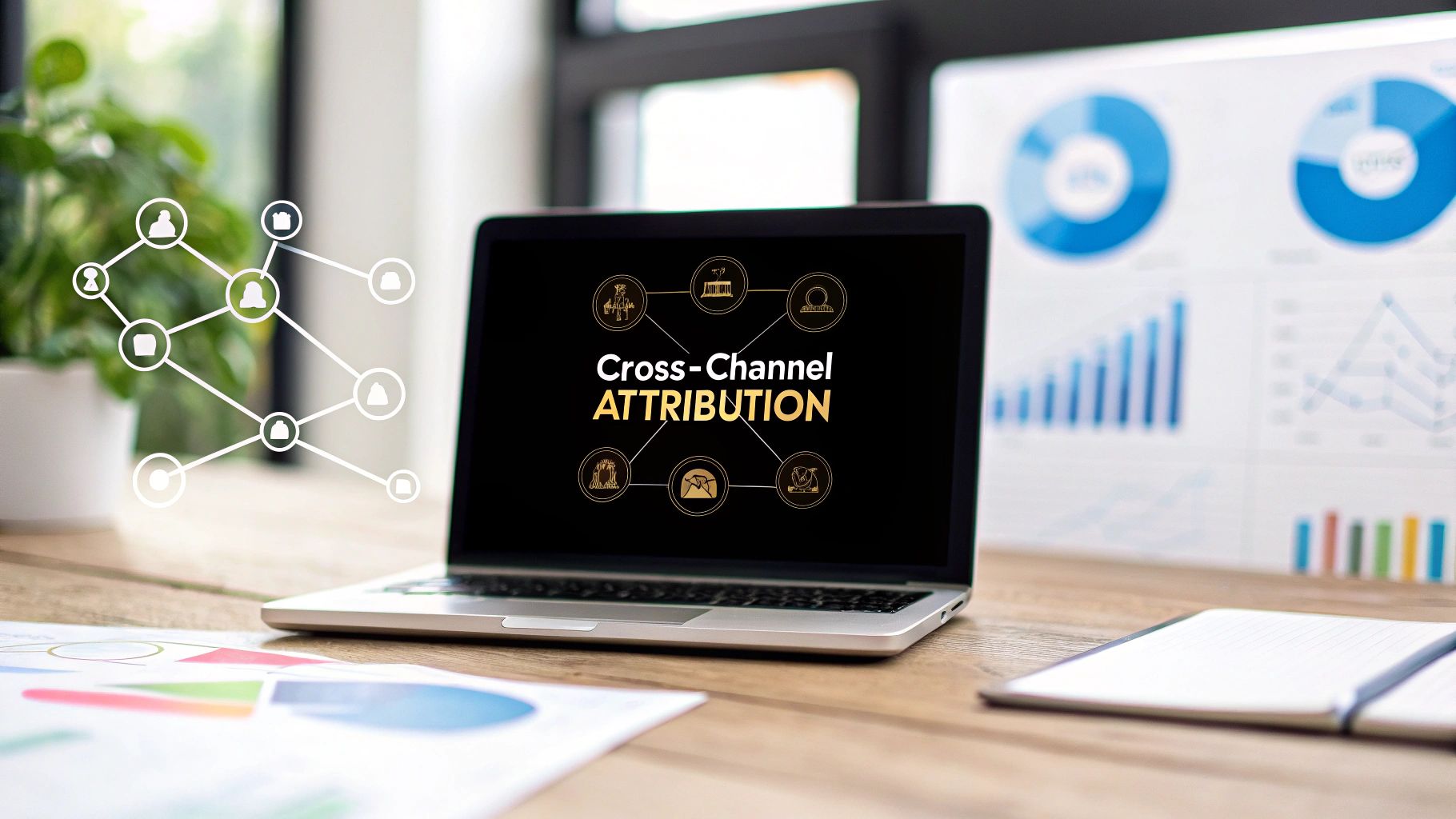
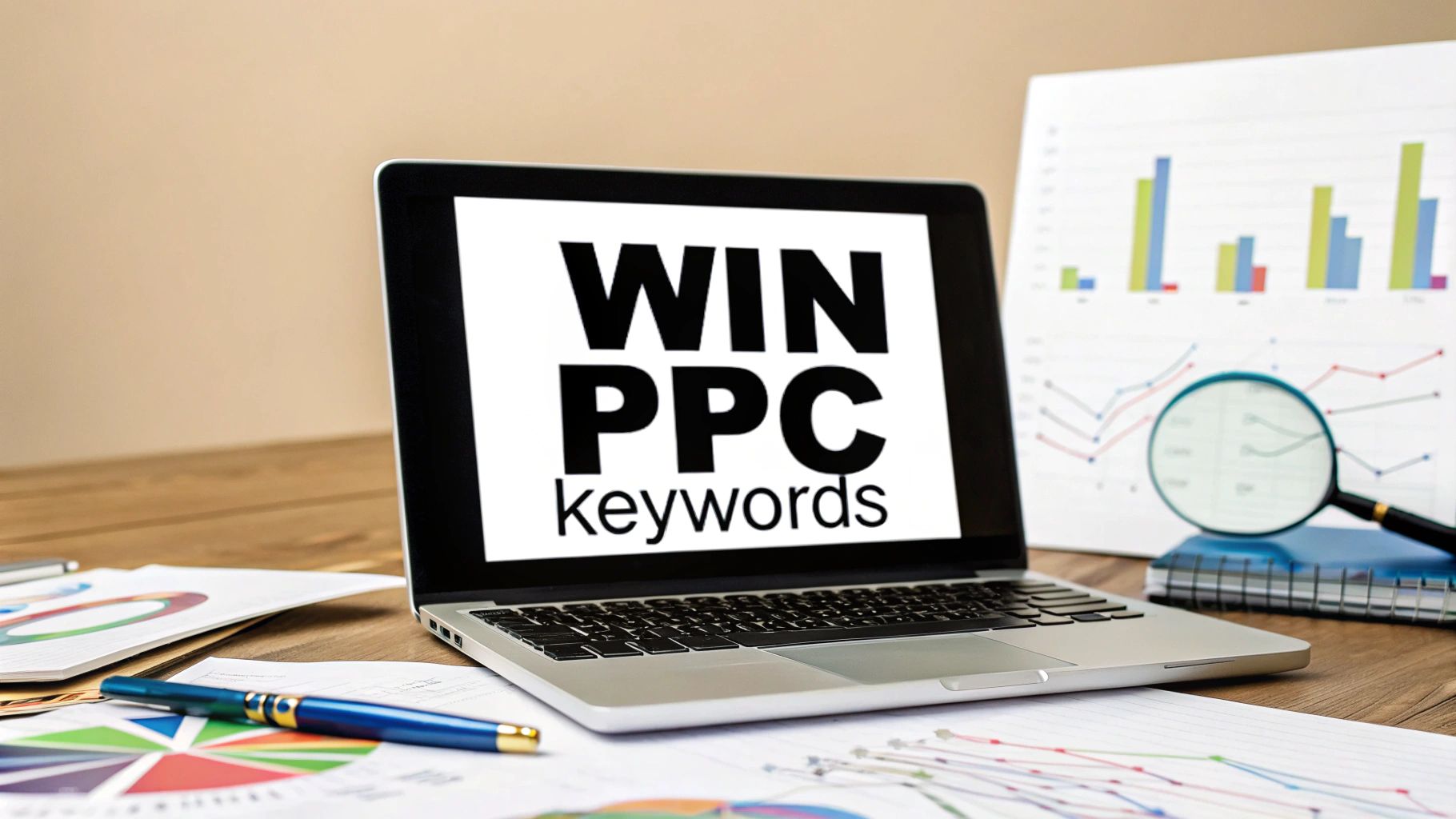
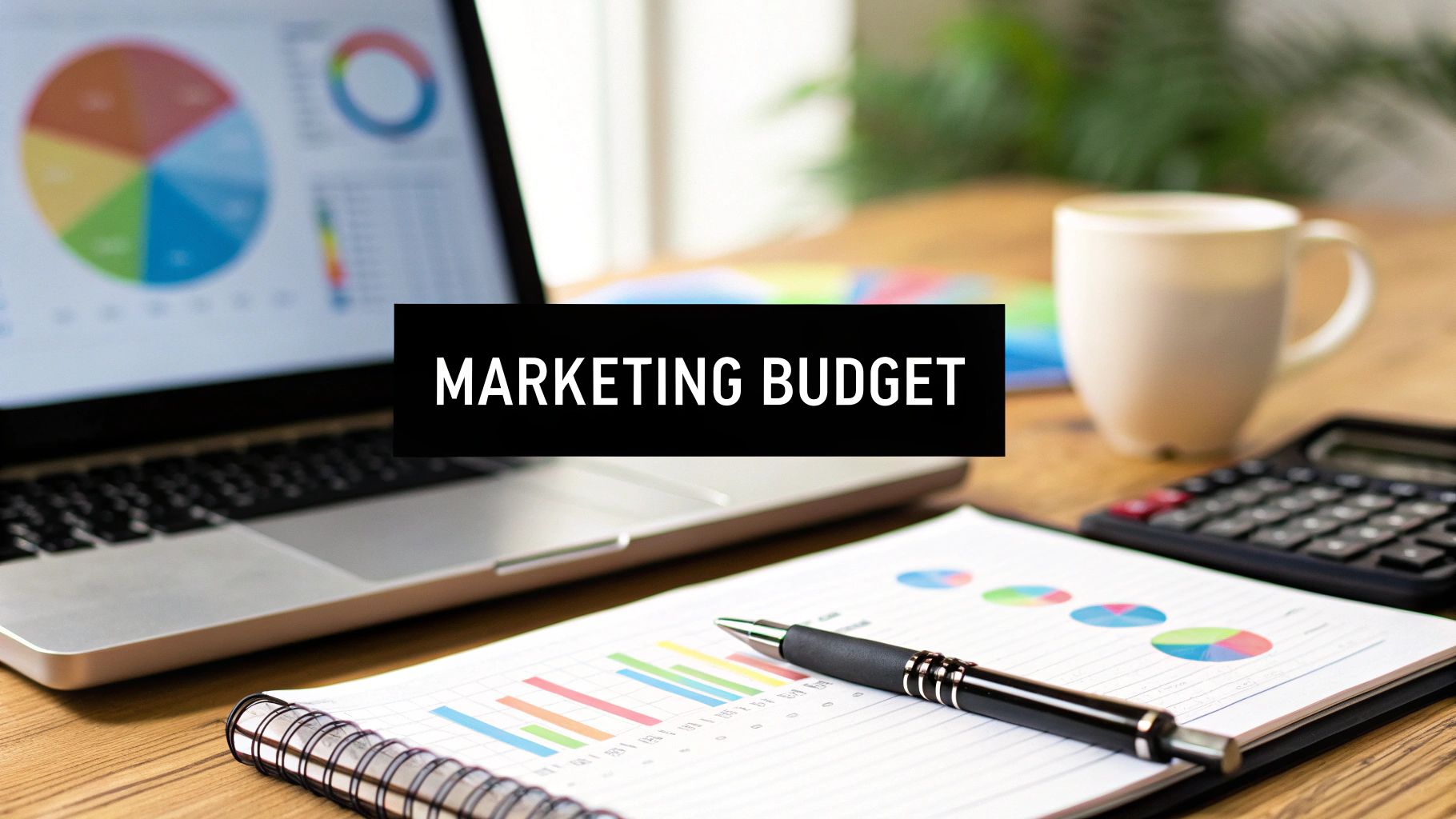
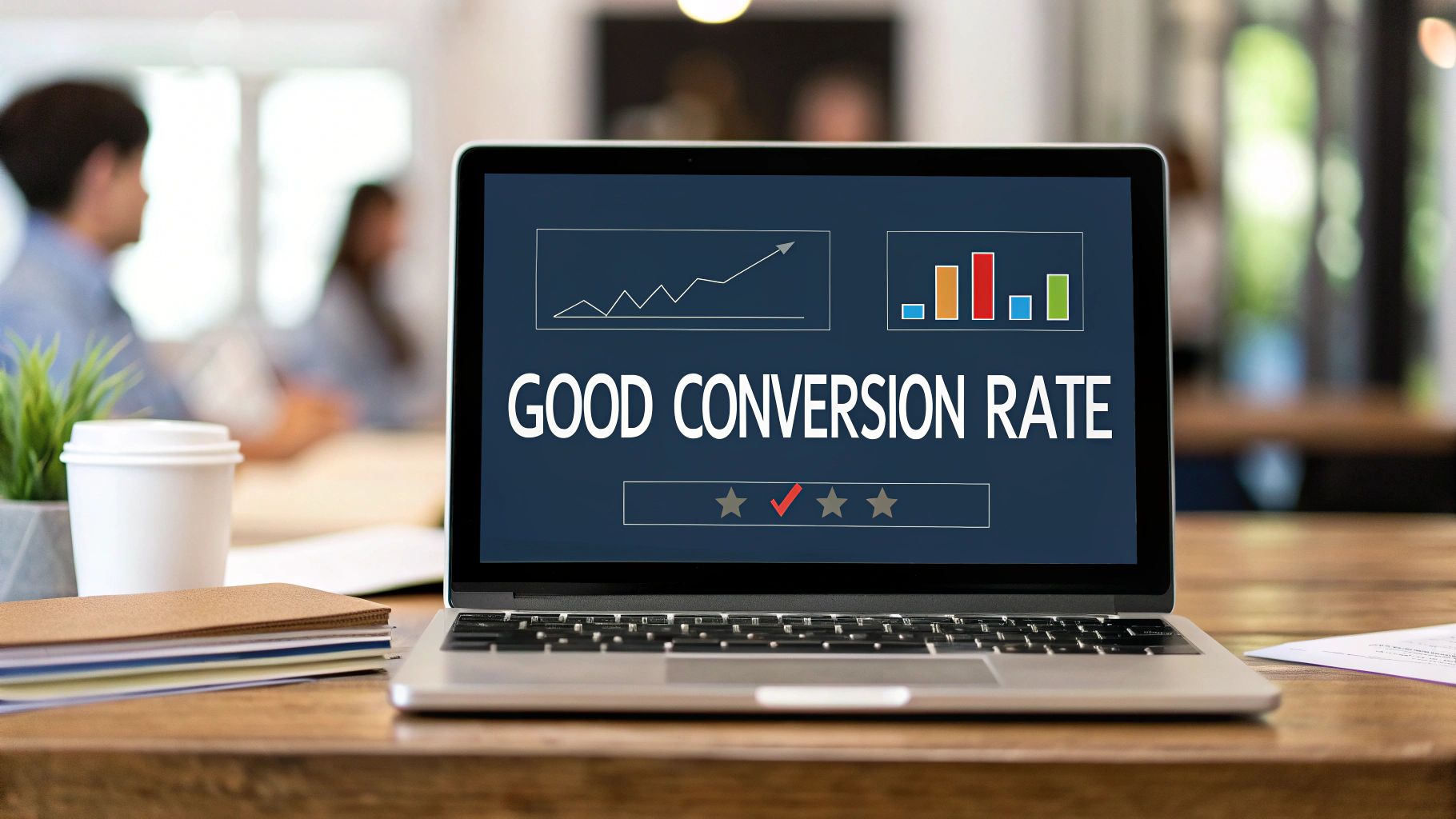
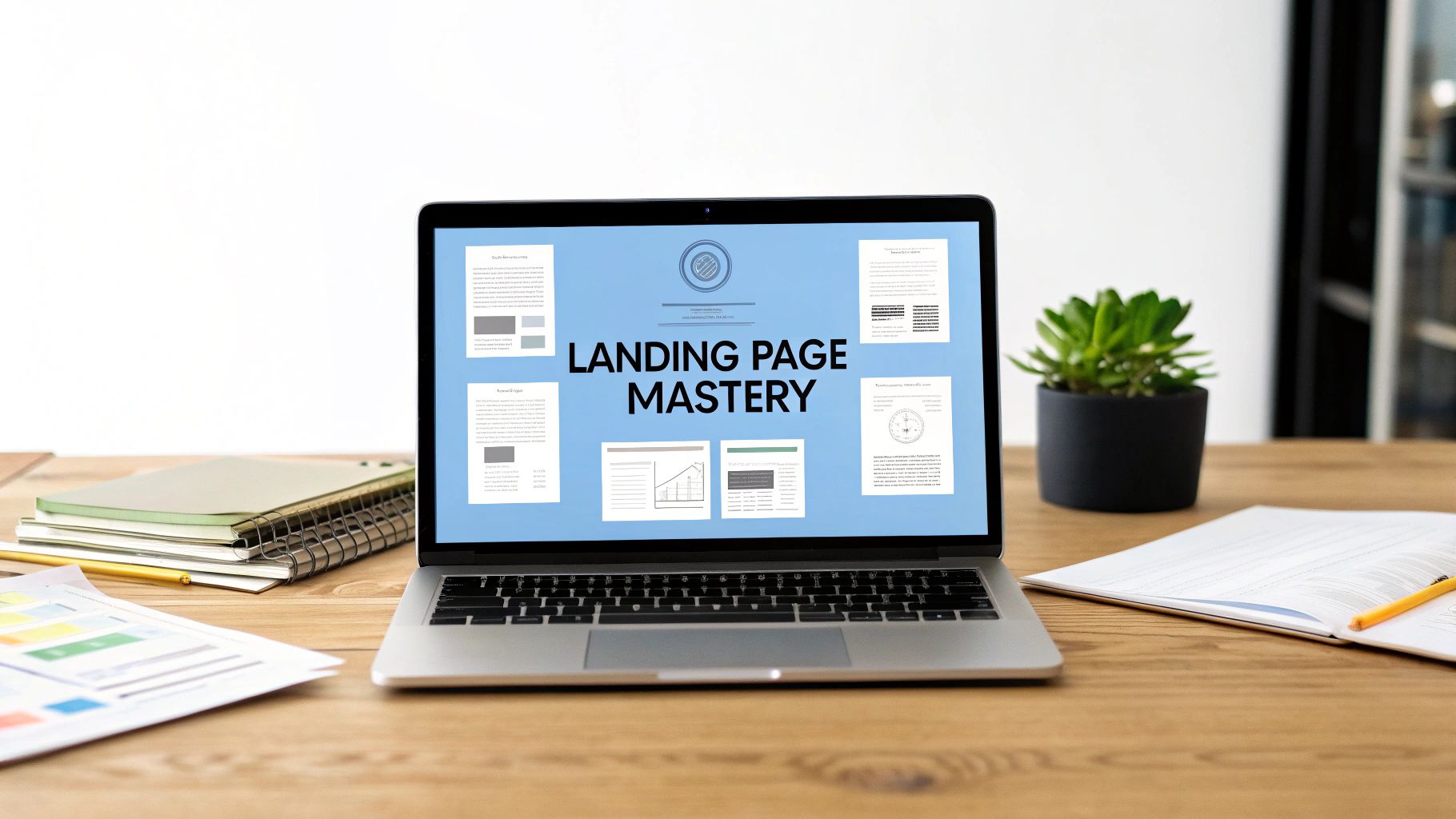
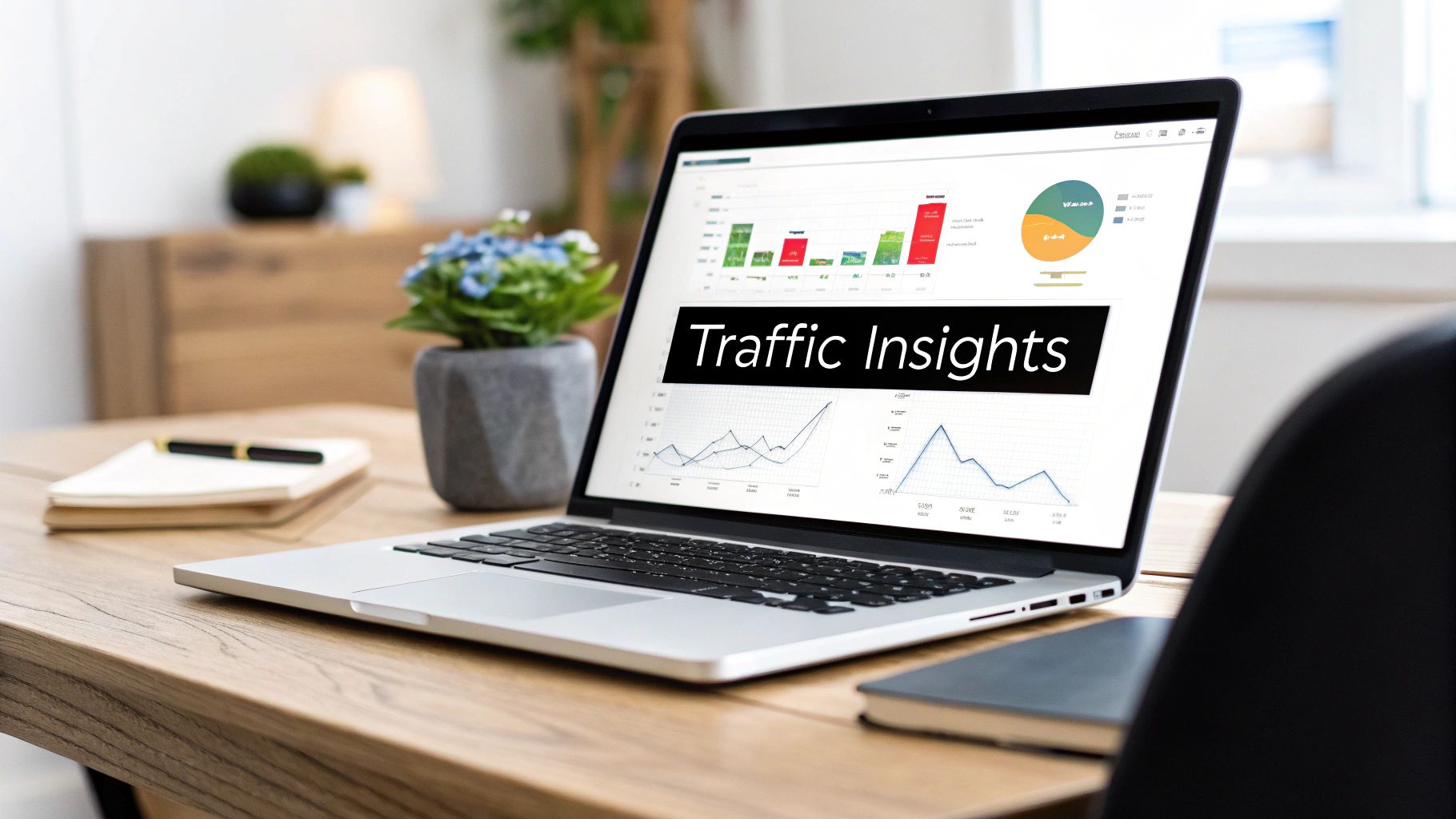
Comments